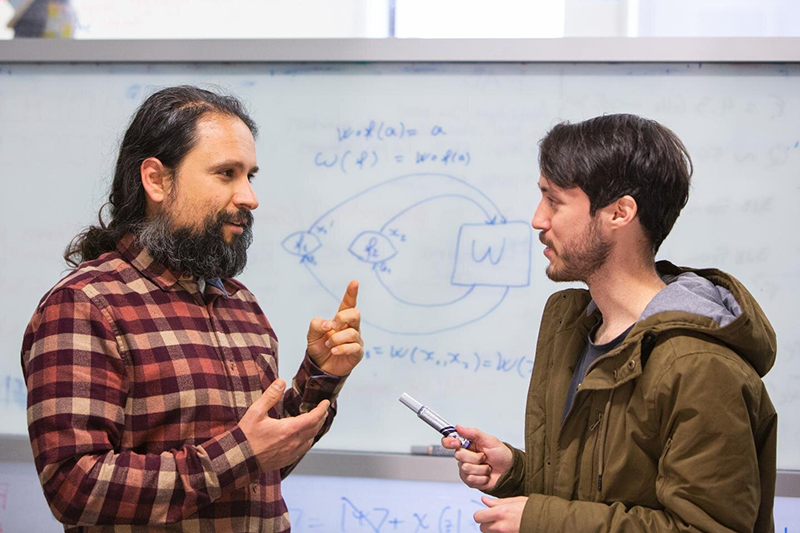No 1 has still managed to journey by time – at least to our knowledge – but the problem of whether or not this sort of a feat would be theoretically feasible carries on to fascinate scientists.
As motion pictures these types of as The Terminator, Donnie Darko, Back again to the Future and many some others demonstrate, shifting all over in time makes a large amount of issues for the essential procedures of the Universe: if you go back again in time and end your mothers and fathers from meeting, for occasion, how can you perhaps exist in order to go back again in time in the very first place?
It’s a monumental head-scratcher recognized as the ‘grandfather paradox’, but now a physics scholar Germain Tobar, from the College of Queensland in Australia, says he has worked out how to “square the quantities” to make time travel practical without the paradoxes.
“Classical dynamics says if you know the state of a procedure at a specific time, this can inform us the full background of the program,” says Tobar.
“Nevertheless, Einstein’s principle of standard relativity predicts the existence of time loops or time travel – where by an event can be both equally in the previous and long term of by itself – theoretically turning the review of dynamics on its head.”
What the calculations exhibit is that space-time can potentially adapt itself to avoid paradoxes.
To use a topical example, picture a time traveller journeying into the past to stop a ailment from spreading – if the mission was successful, the time traveller would have no disorder to go back again in time to defeat.
Tobar’s do the job suggests that the sickness would still escape some other way, through a unique route or by a distinct strategy, getting rid of the paradox. Whatsoever the time traveller did, the condition wouldn’t be stopped.
Tobar’s operate isn’t uncomplicated for non-mathematicians to dig into, but it appears at the influence of deterministic processes (without having any randomness) on an arbitrary variety of locations in the area-time continuum, and demonstrates how the two closed timelike curves (as predicted by Einstein) can match in with the procedures of cost-free will and classical physics.
“The maths checks out – and the outcomes are the stuff of science fiction,” states physicist Fabio Costa from the University of Queensland, who supervised the study.
 Fabio Costa (left) and Germain Tobar (suitable). (Ho Vu)
Fabio Costa (left) and Germain Tobar (suitable). (Ho Vu)
The new investigation smooths out the dilemma with yet another hypothesis, that time journey is feasible but that time travellers would be restricted in what they did, to quit them creating a paradox. In this design, time travellers have the flexibility to do regardless of what they want, but paradoxes are not attainable.
Although the figures could do the job out, essentially bending house and time to get into the earlier stays elusive – the time equipment that scientists have devised so much are so significant-concept that for they currently only exist as calculations on a page.
We could get there a person day – Stephen Hawking definitely thought it was possible – and if we do then this new exploration indicates we would be no cost to do whichever we needed to the entire world in the earlier: it would readjust itself appropriately.
“Try out as you might to produce a paradox, the events will constantly alter on their own, to stay away from any inconsistency,” states Costa. “The selection of mathematical procedures we discovered exhibit that time vacation with cost-free will is logically feasible in our universe with no any paradox.”
The exploration has been posted in Classical and Quantum Gravity.